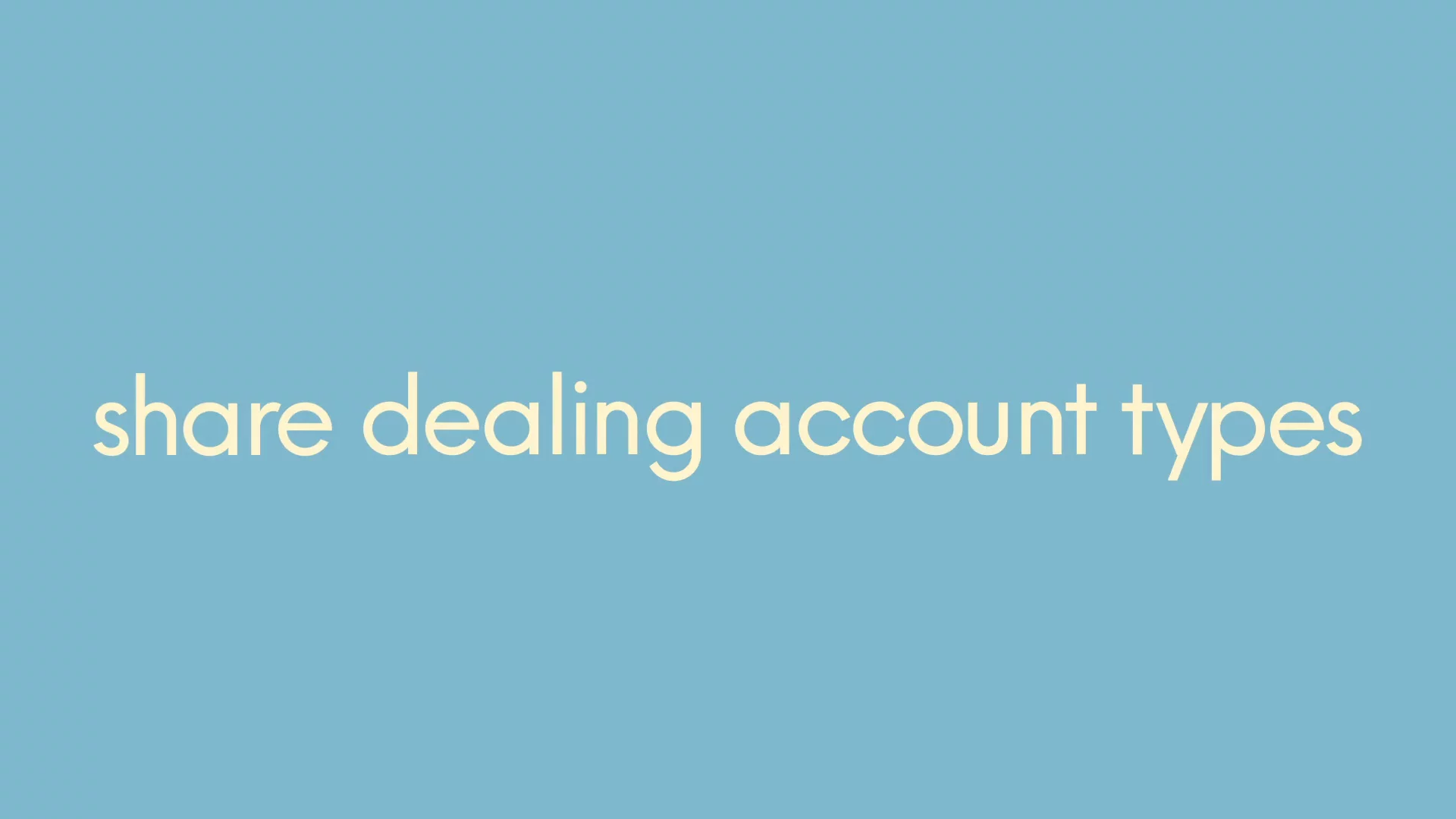There are lots of different ways to invest your money. Understanding the options out there will help you make informed decisions on an approach that works best for you.
As a starting point you will need to decide what type of asset you want to invest in. These broadly fall into different asset classes.
Cash
Stocks
Bonds
Commodities
Property
Alternatives
Each asset class presents different investment risks and opportunities.
Cash, the most common class, is any money set aside in savings accounts or ISAs.
Stocks represent shares of ownership in a company.
Bonds are debts issued by companies and governments that investors can buy in return for a regular income.
Commodities are raw materials, energy, precious metals or agricultural products.
Property represents investments in commercial buildings, like offices or shopping centres and alternatives are any asset that sits outside the other classes such as hedge funds or currency.
All investments come with a degree of risk, as their value can rise or fall over time, but processes and strategies have been developed to ensure risk is minimised and managed responsibly.
For example; diversification spreads money across multiple investments so that the potential drop in value of one is offset by the relative success of of others, cushioning against dramatic falls in value.
It means investment products such as investment funds and investment trusts will tend to hold between 50 to 150 companies across a number of asset classes, although this could be more or less. They may also diversify their investments across different countries and geographies or across different industries such as pharmaceuticals or finance.
Making informed decisions and using diversification to manage your risk in the right way gives your investments the best opportunity to perform well over the long term.




